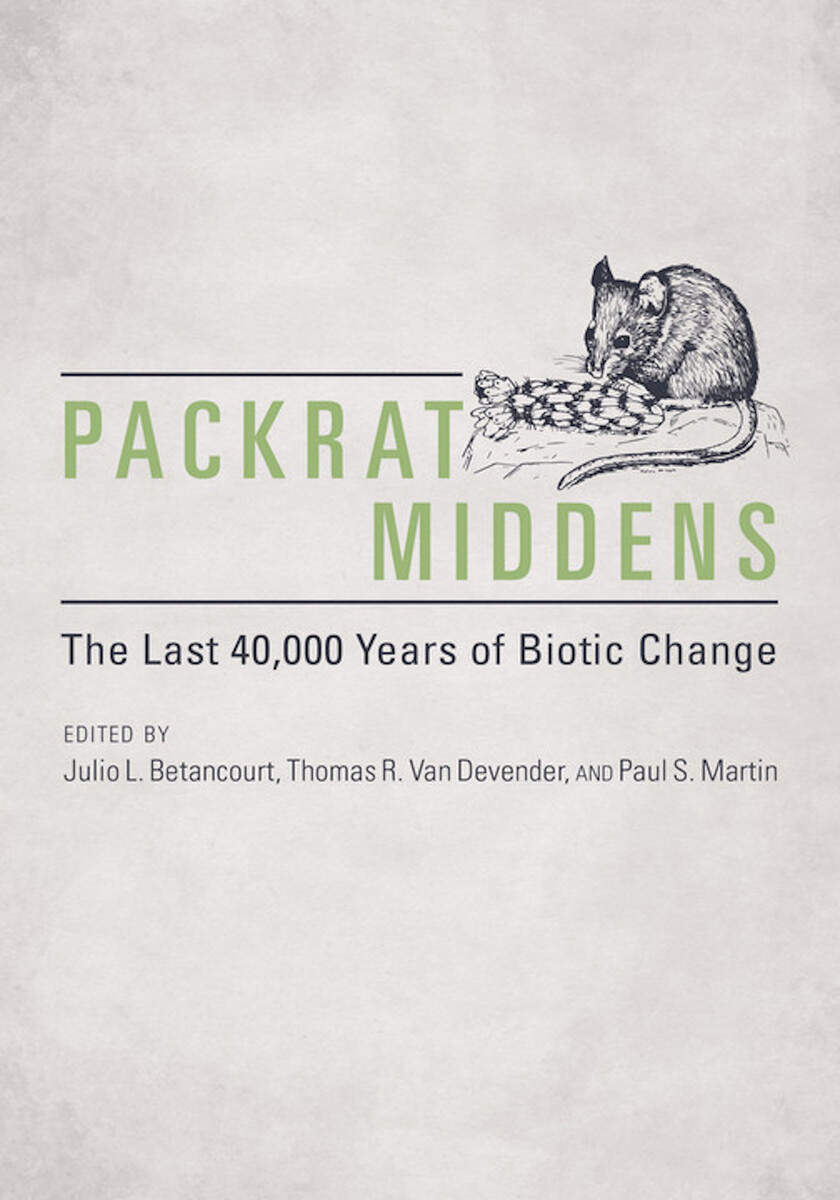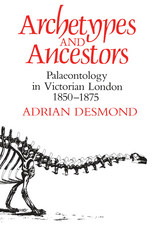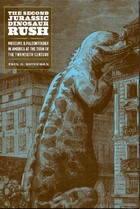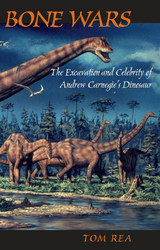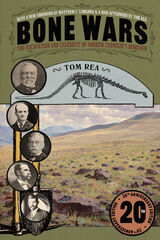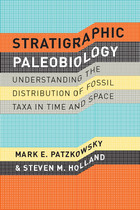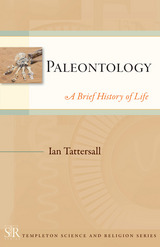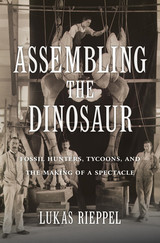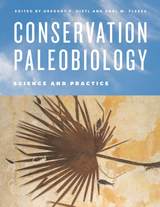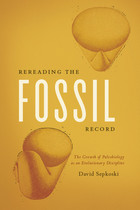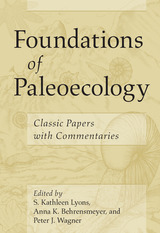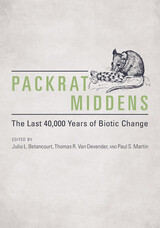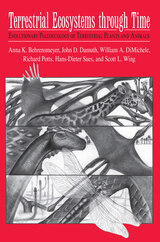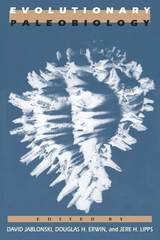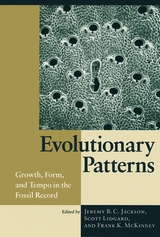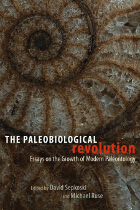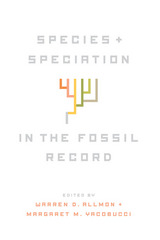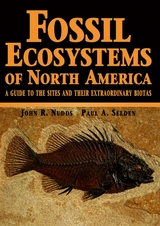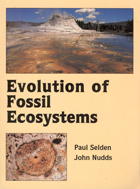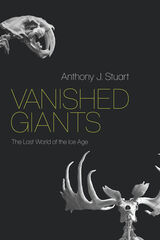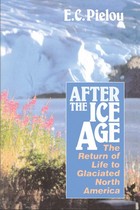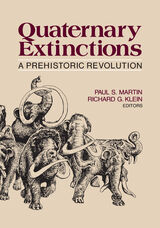Packrat Middens: The Last 40,000 Years of Biotic Change
University of Arizona Press, 1990
eISBN: 978-0-8165-4715-9 | Cloth: 978-0-8165-1115-0 | Paper: 978-0-8165-3284-1
Library of Congress Classification QE720.P3 1990
Dewey Decimal Classification 560.450978
eISBN: 978-0-8165-4715-9 | Cloth: 978-0-8165-1115-0 | Paper: 978-0-8165-3284-1
Library of Congress Classification QE720.P3 1990
Dewey Decimal Classification 560.450978
ABOUT THIS BOOK | AUTHOR BIOGRAPHY | REVIEWS | TOC
ABOUT THIS BOOK
Over the past thirty years, late Quaternary environments in the arid interior of western North America have been revealed by a unique source of fossils: well-preserved fragments of plants and animals accumulated locally by packrats and quite often encased, amberlike, in large masses of crystallized urine. These packrat middens are ubiquitous in caves and rock crevices throughout the arid West, where they can lie preserved for tens of thousands of years. More than a thousand of these deposits have been dated and analyzed, and middens have supplanted pollen records as a touchstone for studying vegetation dynamics and climatic change in radiocarbon time (the last 40,000 years). Now, similar deposits made by other mammals like hyraxes are being reported from other parts of the world.
This book brings together the findings and views of many of the researchers investigating fossil middens in the United States, Mexico, Africa, the Middle East, and Australia. The contributions serve to open a forum for methodological concerns, update the fossil record of various geographic regions, introduce new applications, and display the vast potential for fossil midden analysis in arid regions worldwide. The findings presented here will serve to foster regional research and to promote general studies devoted to global climate change. Included in the text are more than two hundred charts, photographs, and maps.
This book brings together the findings and views of many of the researchers investigating fossil middens in the United States, Mexico, Africa, the Middle East, and Australia. The contributions serve to open a forum for methodological concerns, update the fossil record of various geographic regions, introduce new applications, and display the vast potential for fossil midden analysis in arid regions worldwide. The findings presented here will serve to foster regional research and to promote general studies devoted to global climate change. Included in the text are more than two hundred charts, photographs, and maps.
See other books on: 000 Years | Holocene | Mammals | Martin, Paul S. | Paleoecology
See other titles from University of Arizona Press
